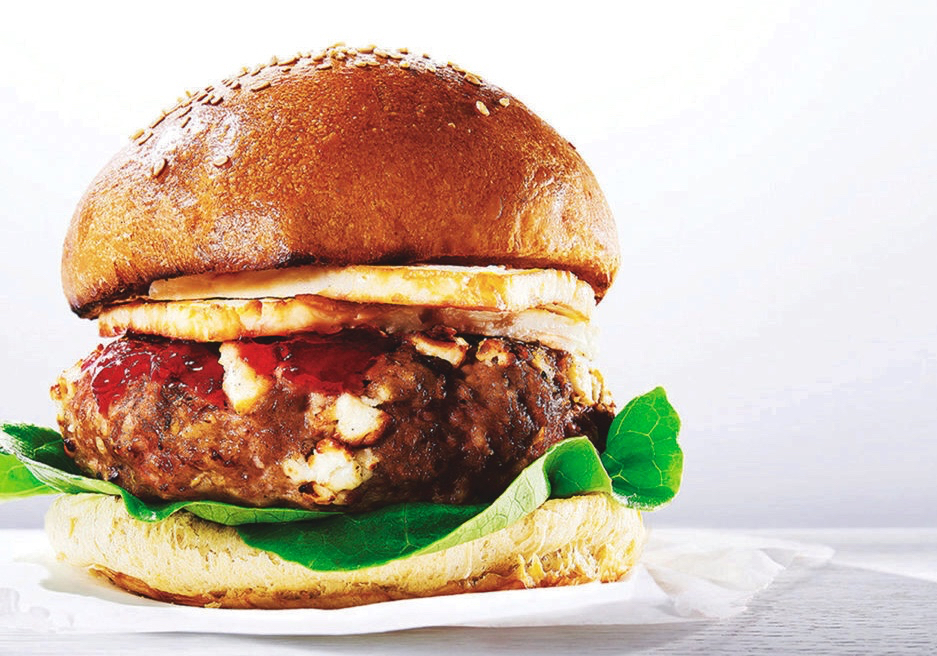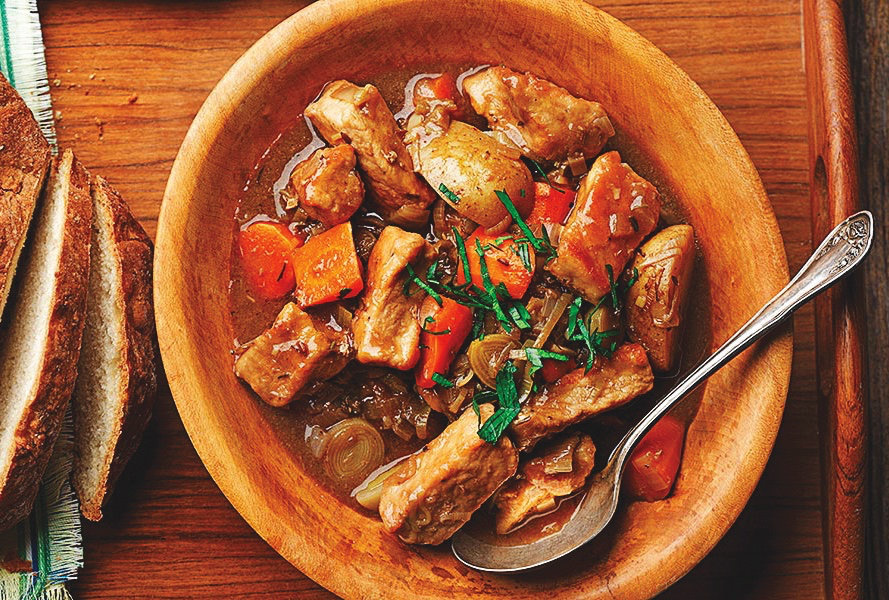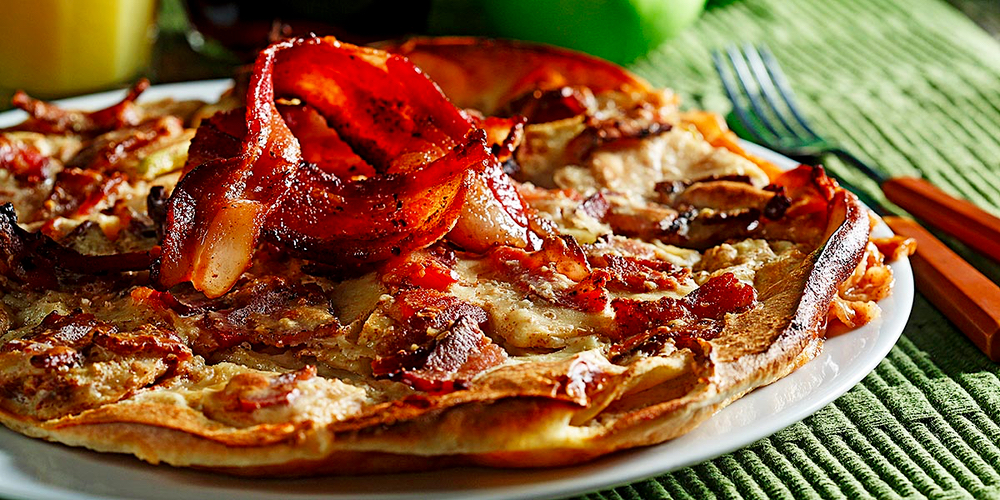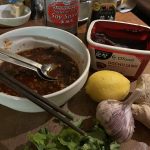We might see men and women dressed in blaze-orange coats, vests, caps and overalls at this time of year. The bright clothing is for safety and not necessarily a fashion statement. Fall is hunting season after all.
When I was a kid, I saw many people in orange clothing around my hometown in the fall. Pheasant, grouse, venison and goose were fairly common menu items in my home. Venison sausage was my favourite.
This part of the world, many people are adept at cooking wild game. Game meat has its own flavour, and a hunter certainly doesn’t like you to say the meat tastes “gamey.” I made that error one time with a now-retired colleague. Now I know that game meat has its own “characteristic flavour.” Yes, I can learn.
Read Also
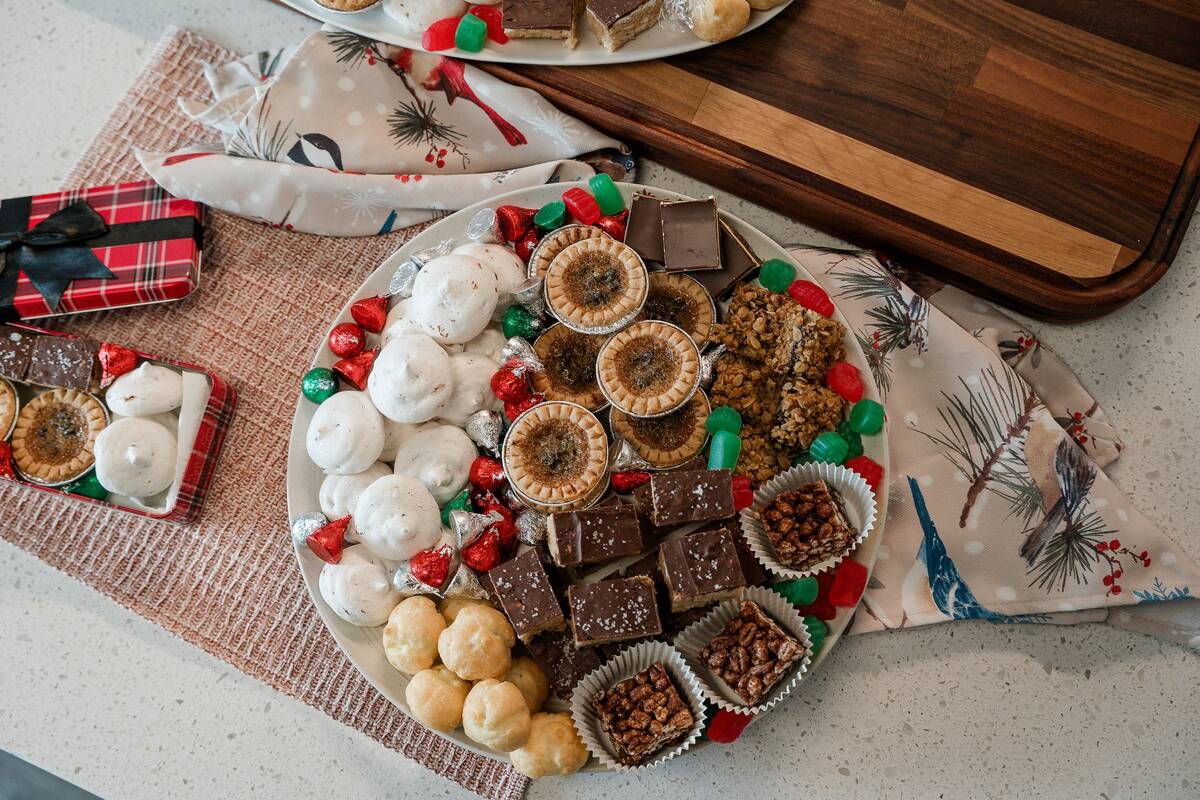
Your best (and easiest) holiday dainty tray
Make-ahead recipes, store-bought goodies and co-operation with friends and family: Here’s how to throw together a stunning, low-stress tray.
Just like us humans, the body composition of an animal depends on genetics, diet, exercise and other factors. Game meats often are considerably lower in fat than other types of meat, so they may seem a little drier. The diets of wild game are not managed as with domesticated animals, and game animals often get more exercise.
Much of the research on the nutritional composition of wild game was conducted at North Dakota State University many years ago. The U.S. Department of Agriculture (USDA) has used the NDSU data on its nutrition databases.
Wild game is a good source of protein and is lower in fat and calories than some types of domesticated animal protein.
In fact, wild game such as venison (deer meat) is slightly higher in protein than some cuts of beef, pork and bison. Bison, venison, elk, moose and antelope also are lower in fat than some cuts of beef, pork and lamb, according to the USDA composition data.
Much of the flavour of meat resides in the fat, so most wild game cooks also suggest trimming any visible fat.
In addition, many wild game experts suggest making use of marinades or rubs. Fruit and vegetable juices such as pineapple and tomato juice can add flavour without lots of calories. Acidic fruit juices also tenderize meat.
Be sure to marinate meats in the refrigerator in a covered container. A tightly covered container allows you to shake the container gently and saturate the meat with the flavourful juice or marinade. Remember food safety, of course, and discard marinade that has come in contact with meat. Do not use that marinade as a sauce.
As with any meat, be sure to cook to a safe temperature, but do not overcook the meat. Safety and quality are important factors in preparing meat.
Use a food thermometer to gauge doneness. The USDA recommends that venison reaches an internal temperature of 71 C (160 F) and game bird meat reaches 74 C (165 F).
Overcooking any type of meat can result in the meat becoming less tender and dry. You aren’t trying to make jerky, right? You can make jerky if you want, though. We have directions for that on our website.
To learn more about field dressing, preparing and preserving wild game, check out the wild game resources on the NDSU Extension Service website.
Visit https://www.ag.ndsu.edu/food and click on “wild game” to access the information. I worked on some of these publications when I began my career, with mentoring from a now-retired nutrition specialist and a meat science professor. Yes, the meat science professor taught me that game meat is not “gamey.”
Bison have a rich tradition in North Dakota, so this recipe for an interestingly named main-course salad on the USDA’s Mixing Bowl website intrigued me. In earlier times, bison on the range provided food, clothing and shelter for indigenous populations. This recipe can be prepared with a variety of ground meat, including lean ground beef, venison or turkey.
Bison in a Field

For the mini meat loaves:
- 1 tbsp. olive oil
- 1/2 c. sweet onion, peeled and diced
- 1 lb. ground bison (you can substitute with ground turkey, venison, beef)
- 1 c. seasoned bread crumbs (you can substitute with plainbread crumbs and 1 tbsp. Italian seasoning)
- 1 garlic clove, peeled and minced
- 1/2 c. grated Parmesan
- 1/2 c. non-fat milk
- 1 egg, beaten
- 1/4 tsp. salt
- 1/8 tsp. freshly ground black pepper
- Dash of ground sage (optional)
For the salad:
- 8 ozs. mixed greens and spinach
- 4 ozs. crumbled goat cheese (or feta or shredded cheese)
- 1/4 c. dried cherries or dried cranberries
- 1 (11-oz.) can mandarin orange segments, packed in juice (drained)
- Raspberry vinaigrette salad dressing or balsamic vinaigrette
To make the mini meat loaves: In a medium non-stick skillet, warm the olive oil over medium heat, add the onion and cook for two minutes, or until soft. Set aside. Preheat the oven to 375 F. In a large bowl, mix all the remaining mini meat loaf ingredients, including the sautéed onions. Combine well using your hands. Line a 9×11-inch glass baking dish with parchment paper, or grease with oil or non-stick cooking spray. Place cookie cutter on paper or pan and fill with meat loaf mixture. Remove cookie cutter and repeat. Bake meat loaves for 30 minutes, or until cooked through and they reach an internal temperature of 71 C (160 F) (for bison, beef, venison). Cook meat loaves made with turkey to 74 C (165 F).
To make the salad: In a large bowl, combine all of the ingredients and toss well. To assemble: On each serving plate, arrange salad and place the mini meat loaf in “the field” (on the salad).
Makes four servings. Each serving has 592 calories, 30 grams (g) fat, 38 g protein, 42 g carbohydrate, 4 g fibre and 589 milligrams sodium.





